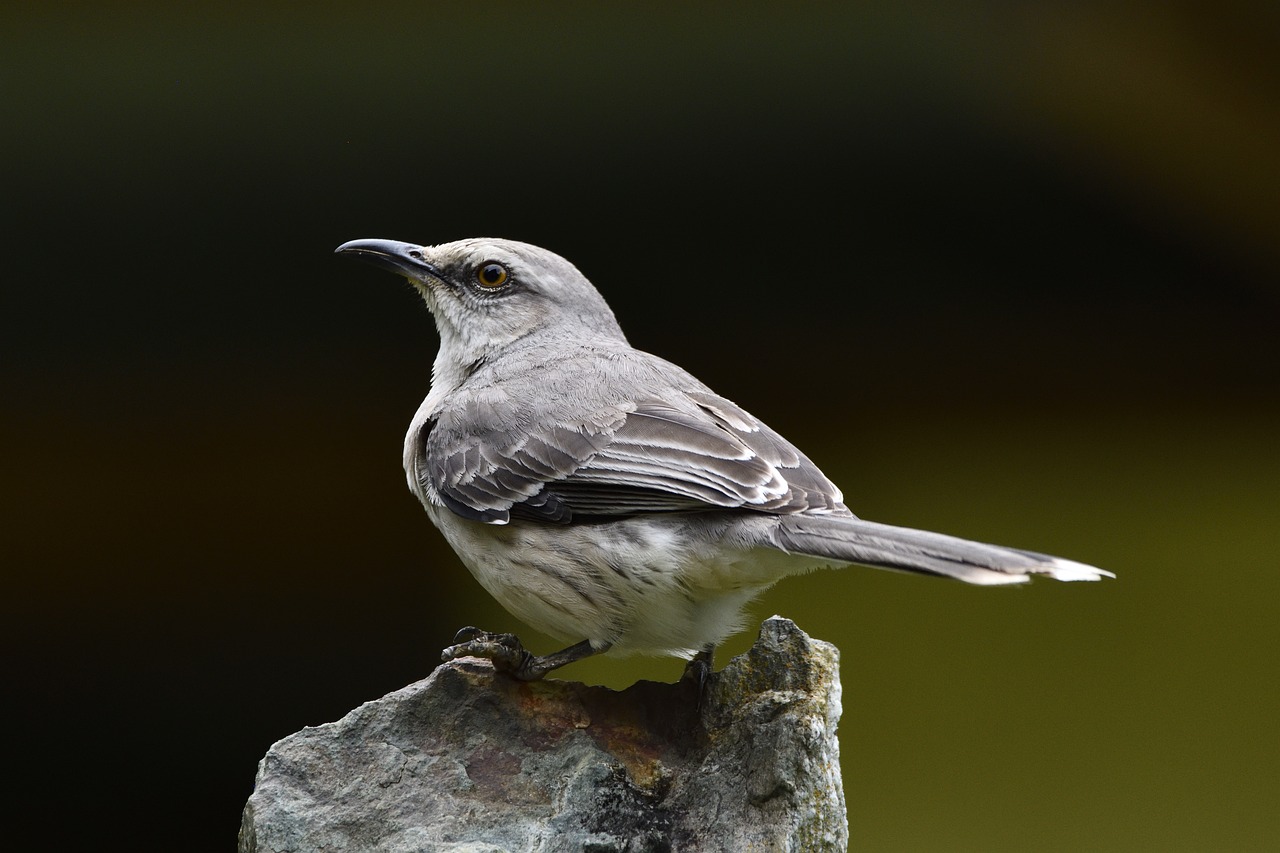Standing on a frozen lake just above the Arctic Circle, you might experience the stillness interrupted only by a mild breeze rustling the pine trees in the nearby forest. Before you lays an extensive and flat area of ice blanketed in snow, stretching far into the horizon until it’s met by the dark, chaotic outline of more woodland. Above this natural spectacle, an inky black sky is filled with an incredible array of stars, far more than one could imagine. Suddenly, you notice a greenish glow appear in the northern sky, gradually transforming into shimmering bands of radiant green light dancing through the dark expanse.
This mesmerizing display is the Aurora Borealis, a breathtaking light phenomenon resulting from the interactions of charged particles in our atmosphere. However, one cannot help but ponder how ancient peoples interpreted such stunning sights. The Northern Lights are deeply woven into the myths and legends of various indigenous communities from the regions enveloped in the Auroral Oval and beyond. Below are several captivating tales that illuminate the profound connection these people shared with this natural wonder.
Ancient Greece and Rome
The term Aurora Borealis is rooted in Greek, where “Aurora” signifies “dawn” and “Boreas” refers to the “north wind.” For the ancient Greeks to witness the lights, there must have been remarkable solar activity, as sightings in such southerly latitudes were rare. They believed that Aurora was the sister of Helios and Seline, the deities representing the sun and moon. In their narratives, she sped across the dawn sky in a vibrant chariot, heralding a new day. Similarly, the Romans identified the Northern Lights with Aurora, the goddess of daybreak.
Europe
Occurrences of the Northern Lights are infrequent in Southern Europe, typically requiring intense solar activity that produces red Auroras. When they do appear, they often incite considerable excitement and fear among unknowing populations. For example, many citizens in France and Italy misinterpreted these lights as ill omens, signaling impending calamities such as war or plague. In England and Scotland, the skies reportedly flared red on the eve of the French Revolution, instilling a belief in their ominous significance for neighboring lands.
China, Japan & Australia
In China, Auroral sightings are unusual, arising from significant solar events, leading the ancient Chinese to marvel at these celestial displays. Many of their early dragon legends were believed to have been inspired by the Northern Lights, seen as a cosmic struggle between good and evil dragons belching fire across the sky. Meanwhile, in Japan, it was thought that a child conceived under the Northern Lights would be blessed with exceptional beauty, wisdom, and fortune. Aboriginal Australians, more accustomed to the Aurora Australis (southern version), held similar reverence for the display, viewing it as their deities performing celestial dances above.
North America
In North America, where earlier human settlements were sparse, various tribes developed unique myths surrounding the Aurora Borealis. The Cree Indians viewed the lights as spirits of the deceased, attempting to reach out to their loved ones left on Earth. The Algonquin believed the lights were a signal from their creator, Nanahbozho, kindled by the fire he maintained for his people. Inuit tribes perceived the Aurora as spirits engaged in playful games, using a walrus skull as a ball. In Washington State, the Makah Indians attributed the lights to fires made by dwarves boiling whale fat in the north. The Mandan people envisioned the lights as flames from warriors preparing meals over great fires, signifying the diversity and richness of cultural interpretations across North America.
Northern Scandinavia, Iceland, and Greenland
In Iceland, the Northern Lights were linked to childbirth; expectant mothers believed that looking at them during labor would result in cross-eyed children. Greenlandic participants held a more tragic view, associating the lights with stillborn souls. Finnish mythology offers a delightful perspective, proposing that the lights resulted from the swift movements of a mythical fox whose tail sparked against the snow. Among the Sámi in Lapland, it was believed that the lights arose from water sprayed by whales. Interestingly, some in Sweden viewed the Aurora as a sign of good fortune or the reflection of herring shoals, while Norse mythology often connected the lights to the Valkyries and their heavenly responsibilities or as the “Bifrost Bridge,” which guided fallen warriors to Valhalla.
The Baltic States
Finally, our journey brings us to Estonia, where the Northern Lights were fancifully interpreted as magnificent carriages drawn by heavenly horses, ferrying celestial guests to a divine wedding—a celebration that many would eagerly wish to attend.
Thus, the Northern Lights, with their stunning visual display, have shaped various cultures and fueled countless myths, illustrating human creativity and our perpetual wonderment towards the cosmos.



